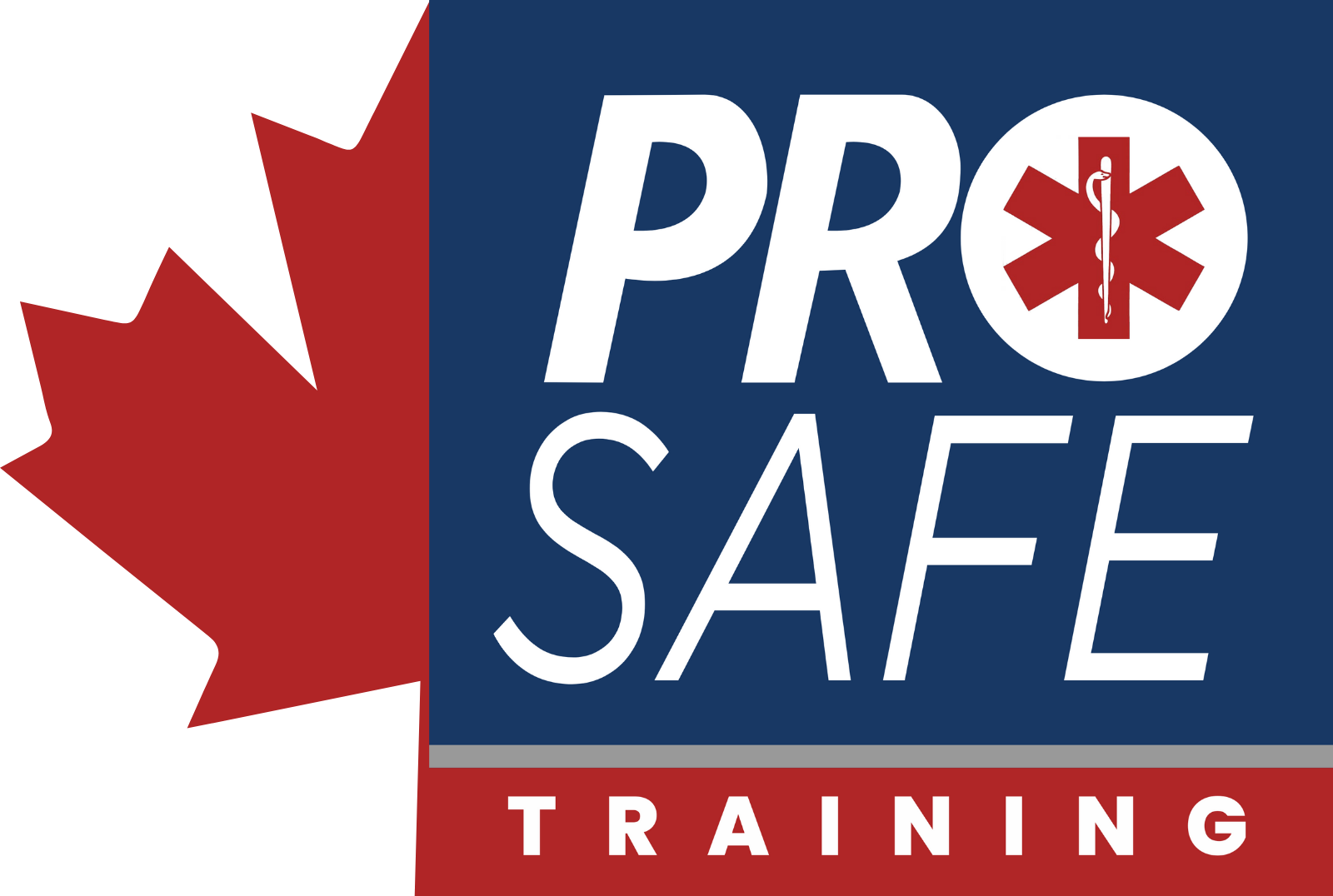Emergency Child Care: How It Stands Apart From Traditional First Aid (And Why That’s Important)

Those who have or work with children know that their curious outlook can sometimes get them into trouble. Looking after them requires exceptional care and attention to detail, especially when considering the plethora of sharp objects or choking hazards that can be found in our homes and schools. Children are very different from adults, and the way we provide attention and treatment in emergency situations must be different as well..
ProSafe’s Emergency Child Care First Aid course offers industry recognized training that is specifically tailored towards parents, teachers, caregivers, early childhood educators and those whose profession puts them in proximity with youth. Our Red Cross certified program directly addresses the specialized care that children and infants must receive when their well-being is at risk.
What is it that truly sets pediatric First Aid apart from the treatment given to adults? Consider the following:
They Face Different Dangers:

Although choking, poisoning, and bodily injuries are certainly occurrences within the grown-up world, these risks are amplified in the everyday lives of children. Seemingly small annoyances, such as bee stings, may have incredibly detrimental effects. To make matters more complicated, they may lack the ability to communicate what the problem is. Emergency Child Care First Aid works to address these specific dangers, and also provides practitioners with the exact tools they will need to identify them when they arise.
Their Bodies Aren’t The Same:

Children are not just small adults. Children and babies are structured differently, which alters the approach that must be taken in the event of an emergency.
As an example: in CPR, the two hand compressions that you would normally use on an adult could lead to serious injuries on a small child. In order to prevent such harm, a single hand, or, in the case of infants, two fingers, must be used. Simply understanding basic techniques such as this helps protect children from serious accidental injury at the hands of those attempting to do good.
Attending one of ProSafe’s many campuses to learn Emergency Child Care is a big step towards keeping our loved ones safe. Eight Hours may not seem like a long time, but the sheer amount of information contained within the program is impressive. Participants benefit from hands-on instruction that walks them through a variety of life-threatening scenarios while simultaneously ensuring that they are well equipped to handle them.
View course schedules and register online at https://prosafefirstaid.com/emergency-child-care-first-aid-cpr-aed-registration/
